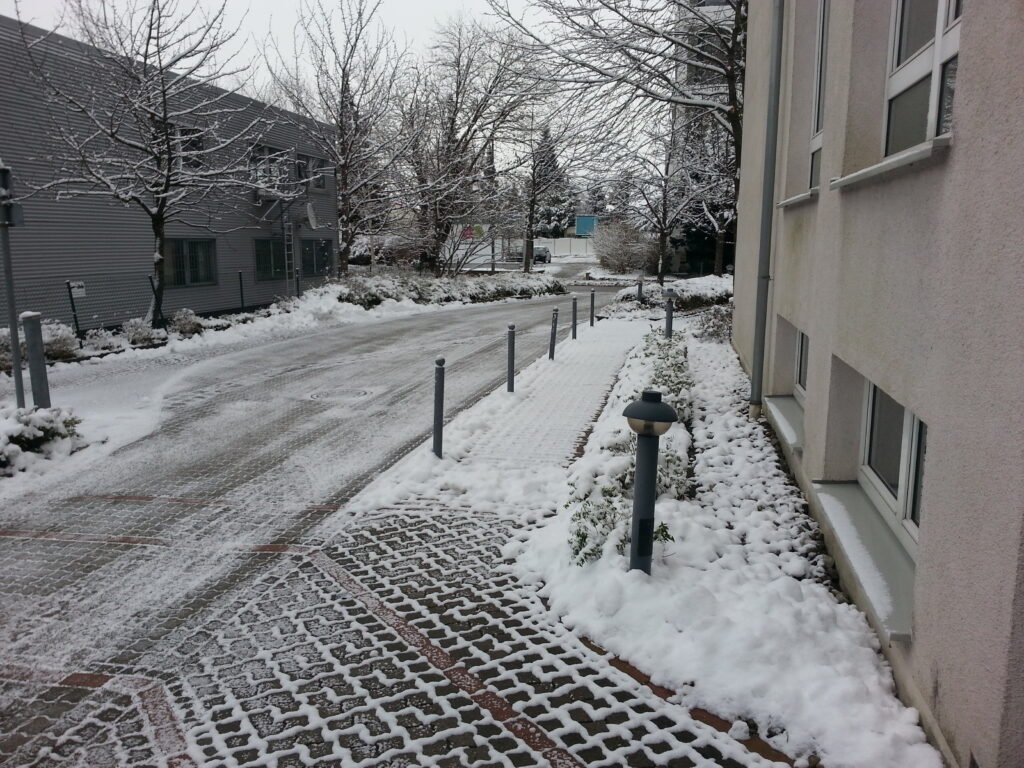What Is Air Entrainment in Concrete and Why Does It Matter for Winter Durability

Concrete may look like a solid slab, but its internal structure is a delicate balance of components that determine its long-term strength. One of the most critical aspects for durability—especially in cold climates—is air entrainment. This feature, often overlooked by homeowners, plays a major role in preventing damage during winter’s relentless freeze-thaw cycles.
Why Air Entrainment Is Essential
Air entrainment refers to the deliberate inclusion of tiny air bubbles throughout the concrete mix. These microscopic voids act like pressure-release chambers. When water enters the concrete and freezes, it expands. Without space to move, this expansion causes cracking, scaling, and popping. But when air bubbles are present, that expanding water has somewhere to go—reducing internal pressure and helping prevent surface damage.
This process protects the concrete from surface deterioration like pitting and flaking, commonly called scaling. In areas with fluctuating winter temperatures, this is a game-changer. The more freeze-thaw cycles your concrete endures, the more stress it experiences. Without air entrainment, even well-maintained concrete is at risk of failing prematurely.

